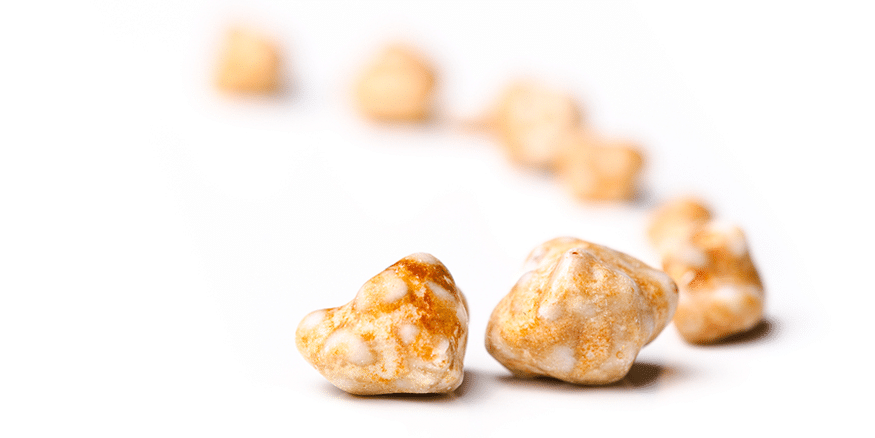
Gallstones
What are Gallstones?
Gallstones, also referred to as calculi, are sediment deposits in the biliary tract – the series of pathways that connect the liver, which produces bile, the gall bladder, which stores and concentrates bile, and the small intestine, where bile ultimately aids in the digestion of fats. The majority of gallstones are composed of cholesterol derivatives and bile pigments. More than 70% of patients do not exhibit symptoms as a direct result of their gallstones; however, a minority of patients may develop complications.
How are Gallstones formed?
Gallstones are formed by the super-saturation of bile secretions from the liver. Increased cholesterol concentrations in bile can be due to numerous factors including: age, diet, obesity, genetic pre-dispositions, medical conditions (including hypertriglyceridemia and Crohn’s disease), and medical therapies (including estrogen replacement therapies, contraceptives, and blood cholesterol reducing agents). As the result of impaired cholesterol and lipid metabolism and secretion, aggregates form and crystallize. Sometimes bile pigments can become super-saturated and can complex with various calcium salts, which can also lead to crystal formation. Typical gallstones are 2 cm in diameter but can vary in size and shape depending on the composition.
How are Gallstones diagnosed?
Patients suffering from complications due to the presence of gallstones, or cholelithiasis, often exhibit what clinicians refer to as the “classical triad” which include: upper abdominal pain, fever, and jaundice (yellowing of the skin). Ultrasound or x-ray imaging usually confirms gallstones.
How are Gallstones treated?
Removal of the gallbladder, or cholecystectomy, is the conventional treatment for gallstones. Currently, laparoscopic cholecystectomy is preferred whereby removal of the gallbladder is achieved through a small incision in the abdominal wall and where the surgeon performs the operation with the aid of video cameras. Laparoscopic surgery is a less invasive technique that allows for a faster patient recovery time. Other methods of gallstone treatment that are less common include lithortipsy, whereby ultrasonic waves are used to fragment the stones from outside the body which are then small enough to pass through the intestine, and medications, such as ursodeoxycholic acid, which may be administered orally or directly to the gallbladder via a catheter. As well, you can manage gallstones to a degree with weight management, diet changes, and increased physical activity.
